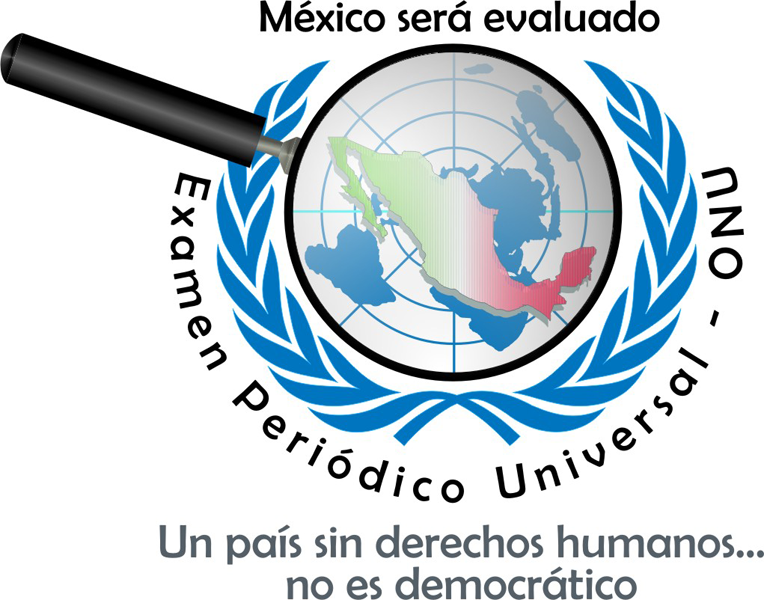
2008
02/01/2009
ANALYSIS: Mexico – Of the influenza and other problems
31/08/2009There are meetings which renew our energy and give us strength to move forward. That is the sensation that we felt last February, during Rames Sharma’s visit to Mexico; he is a representative of the Ekta Parishad movement from India and in the middle of a tour of the Americas, with the goal being to organize a worldwide non-violent march in 2012.
 In Hindi, Ekta means “unity” and Parishad means “forum” or a “space“: Ekta Parishad is a movement which joins together 11,000 organizations and thousands of individuals. Its vision is of an India where all people have free access to resources like the land, the forest, and water. An India where no tribe or caste has influence over the right to dignity, and where the community economic system supplies enough resources for the local community. An India where leadership and local autonomy can be built, and there is responsible oversight of the government on all levels. In order to make these changes, they are creating a forum where the voice of the masses is heard and they work in a Gandhian spirit of satyagraha (truth-strength) and ahimsa (non-violence) in order to end the violence that the most marginalized communities live with.
In Hindi, Ekta means “unity” and Parishad means “forum” or a “space“: Ekta Parishad is a movement which joins together 11,000 organizations and thousands of individuals. Its vision is of an India where all people have free access to resources like the land, the forest, and water. An India where no tribe or caste has influence over the right to dignity, and where the community economic system supplies enough resources for the local community. An India where leadership and local autonomy can be built, and there is responsible oversight of the government on all levels. In order to make these changes, they are creating a forum where the voice of the masses is heard and they work in a Gandhian spirit of satyagraha (truth-strength) and ahimsa (non-violence) in order to end the violence that the most marginalized communities live with.
In 2007, Ekta Parishad organized a march to pressure the Indian government to implement agrarian reforms (“Janadesh, the voice of the people”). During one month, 25,000 people marched 350 kilometers to New Delhi, which constituted the largest non-violent movement in the history of the struggle for agrarian reform in India. Because of this march, the government created a National Commission for Agrarian Reform, in which 50% of the Commission are members of organizations involved in the defense of the right to the land (see www.ektaparishad.com).
In Mexico, the presentation of their struggle roused the interest of local participants, establishing an interchange which illustrated the similar problems, such as access to land, community organizations, local autonomy, respect for traditional leadership and customs, etc. The representative of Ekta Parishad learned about the experiences of movements using actions of lesser size, such as civil disobedience by occupying land, popular consultation regarding agrarian affairs, or the peaceful occupation of official offices. By sharing experience we were able to see similarities between their experience and organized actions in Chiapas, such as hunger strikes by prisoners, the civil observation brigades, the Peace camps, and initiatives begun by the Zapatistas.
At the same time, there were many differences in context which make non-violent actions in Chiapas more difficult: the government repression in Chiapas (and in Latin America in general) has always been more repressive and quicker to act than in India. In addition, the culture of social movements is strongly linked to Gandhi in India, while it is linked to the revolution and to arms in Mexico.
From this interchange of experience, some very interesting reflections emerged about non-violent strategies:
Strength in numbers: The more people who participate in a non-violent action, the greater its strength will be. Because of this, Ekta Parishad promotes the peaceful mobilization of the masses, emphasizing the organization of actions by the people. During the march of Janadesh, for example, they implemented a structure of participation for everyone (all 25,000!), in order to make decisions. In the same way, the campaign was financed by grains and the little money that each participant brought to the movement.
After recognizing the strength in this type of action, non-violence requires a total compromise, which requires functional non-violence within the organization. Its members must be aware of the compromise it implies, be prepared to withstand personal suffering, including the possibility of losing their life. For example, when the march of Janadesh arrived in Delhi, the participants wait for hours in the sun, without water. In addition, three protesters were run over by a truck without acting violently in any way towards the driver. This was only possible because each one of the 25,000 members of Janadesh had participated in non-violent training.
A long term vision to build a lasting peace: non-violence requires patience, creativity, and even stubbornness. To not confuse patience with passivity, here it refers to active and even pro-active, non-violence. In order to plant the seeds of non-violence that can generate positive changes on a social, economic, and political level, Ekta Parishad tries to promote training in non-violence for all its members, activists, and the youth. Building this type of movement is difficult, but it is a path that opens the possibility of making lasting changes, as well as unifying the people instead of dividing them.


